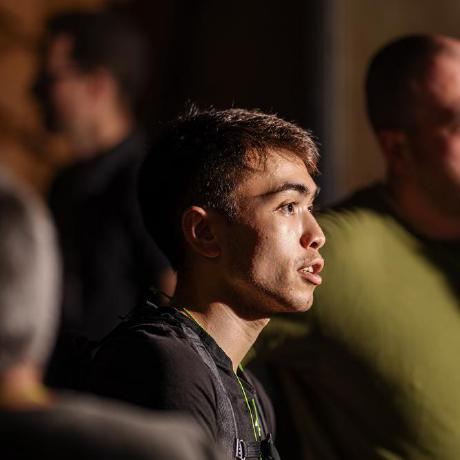Developers can perform computer vision tasks conveniently using the Vision framework, which is a convenient wrapper around coreML, coreML models and associated logic provided by Apple.
Optional extra reading: If you haven't used coreML before, have a go at the tutorials on the Apple documentation or build a computer vision project for yourself. This is a nice deep dive into coreML, which doesn't help you use it, but allows you to compare coreML with TensorFlow and TensorFlow lite, and see how models are stored. I recommend it to people who have used coreML a few times in the past.
Discovering where the files are
-
Skip to here to avoid the detail about discovering where the files are.
-
If you're curious about what syscalls there are on macOS: Run
sudo dtrace -ln 'syscall:::entry'to see the system calls available on macOS, there seems to be 546. -
To use
dtrace, we need to enable it. Restart into recovery mode.- Normal macs: Shutdown. Turn on, and hold ⌘ + R
- Hackintosh macs: Enter the boot picker, and select
Recovery, usually 2nd or 3rd in the list.
-
Disable system integrity protection, and optionally re-enable it without dtrace. So either:
csrutil disable, thencsrutil enable --without dtrace
-
I ran a built-in script in one terminal window:
sudo ./usr/bin/filebyproc.d, and then ran my CLI tool -
In a separate terminal, run an application which uses Vision: e.g.
sudo dtrace -c image_analysis. A load of paths will show up: search for relevant strings:sceneif you're using labeling,faceif you're using face detection, etc. Or just search forvision. -
I found that
/System/Library/Frameworks/Vision.framework/Resourceswas being accessed
Resources directory
-
Lets
cd /System/Library/Frameworks/Vision.framework/Resources -
This directory contains espresso models, which is a "A minimal high performance parallel neural network framework running on iOS".
-
There are csv, txt and plist files which describe labels, relationships/ mappings
berry -> fruit
bib -> clothing
bichon -> dog
bicycle -> vehicle
CVML_UNKNOWN_70 -> sign
billiards -> sport
CVML_UNKNOWN_239 -> games
binoculars -> eyeglasses
bird -> animal
birdhouse -> structure
birthday_cake -> holiday
camel -> ungulates
camera -> equipment
camping -> recreation
candle -> light
candlestick -> decoration
candy -> food
candy_cane -> holiday
candy_cane -> candy
- Unimportant: To optimize for specific GPUs, there are Wisdom files
Wisdom/$HARDWARE_NAME/wisdom.jsonwhich contain recommended parameters for specific layers in specific models.
Here are some takeaways:
-
I learn that Apple uses (a fork of) https://codinfox.github.io/espresso/ for their models. I guess Apple just took this CMU project internally, it hasn't been updated in 5 years.
-
The actual model files are split into 3 files, .net, .shape and .weight files, just like any coreML model. Except in this case, its not packaged into an
.mlmodelfile or.mlmodelcdirectory, and its missing its .bin file (metadata).-
- coremldata.bin: this appears to be the model’s metadata (name of author etc) and the classification labels
- model.espresso.net: describes the structure of the model, i.e. which layers it uses and how they are connected to each other
- model.espresso.shape: the output sizes of the layers in the neural network (the same thing you saw in the output of the build step above)
- model.espresso.weights: the learned parameters of the model (this is usually a big file, 96MB for Inception-v3)
- model/coremldata.bin: ?
-
-
An optimisation: Also, for most files, they’re not using json, and just text files (you can append to it without parsing the entire json file, this would avoid keeping the results of the CLI in memory until the json is saved). Since a json needs to be parsed in its entirety. (and so do protobufs, which is why FlatBuffers were created for tflite).
The rest of the details are in coreML and not necessarily Vision, which is described in Matthijs Holleman's blog post about coreML here. I might edit this page with more details as I get learn more about Vision.
